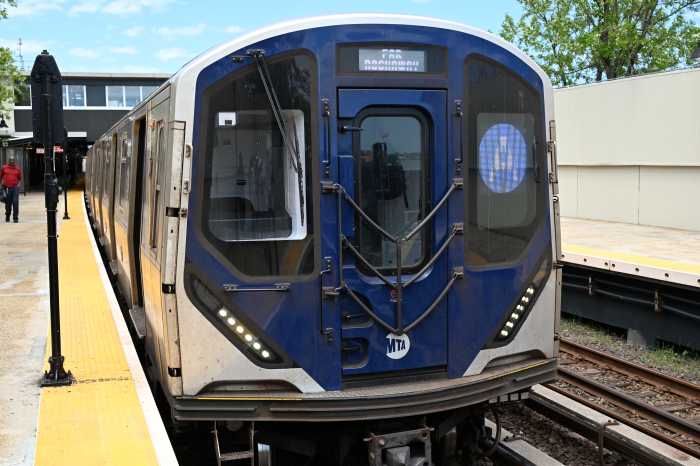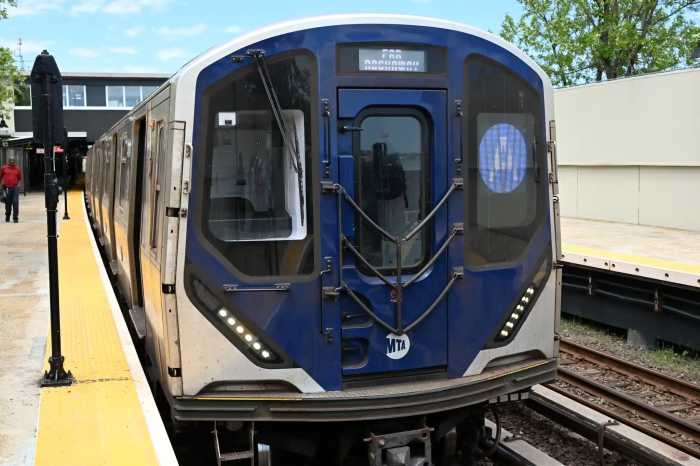Just as bickering elected officials from New York and New Jersey appeared to come together to replace the Port Authority’s antiquated, universally loathed bus terminal, a new divide has sundered.
The Port Authority reached an agreement this September with a group of New York elected officials on a new “comprehensive planning process” to rebuild the agency’s aging bus terminal in Manhattan.
But that same group of elected officials — including Rep. Jerrold Nadler, Manhattan Borough President Gale Brewer, state Sen. Brad Hoylman, Assemb. Linda Rosenthal and City Councilman Corey Johnso — backed off the agreement this week.
Nadler and the electeds sent a letter dated Tuesday that challenged Port Authority Chairman John Degnan’s priorities and called for him to recuse himself entirely from the planning process, as was first reported by Politico.
Degnan, tapped by New Jersey Gov. Chris Christie for the position in 2014, said he was blindsided by the letter and its tone during a news conference after Thursday’s board meeting.
“I wish I knew what compelled Nadler to make that statement,” he said. “I’ve been passionate about the bus terminal since the day I arrived at this authority.”
When reached for a comment Thursday, Nadler in a statement described the agency’s willingness to come to the table this fall as “merely lip service.”
“It is time for Chairman Degnan to stop playing games, do the legally required environmental and alternative analysis, and step aside for a New York planning partner to guide this process,” his statement continued.
The current terminal, built 66 years ago, is over capacity and falling apart. It’s the busiest bus terminal in the world, serving about 225,000 commuters each weekday, and plays a vital role in interstate transportation.
The authority anticipates a projected peak passenger growth of 35 to 51 percent through 2040. While officials fight over a location, Veronica Vanterpool, executive director at the Tri-State Transportation Campaign, said the agency will have to build several terminal facilities in multiple locations.
“The days of just having one facility are just insufficient,” she said. “We have to move past that. We need different terminals in both states. The capacity is going to grow so significantly that one terminal, unless it’s massive, just can’t accommodate the projected growth.”







































